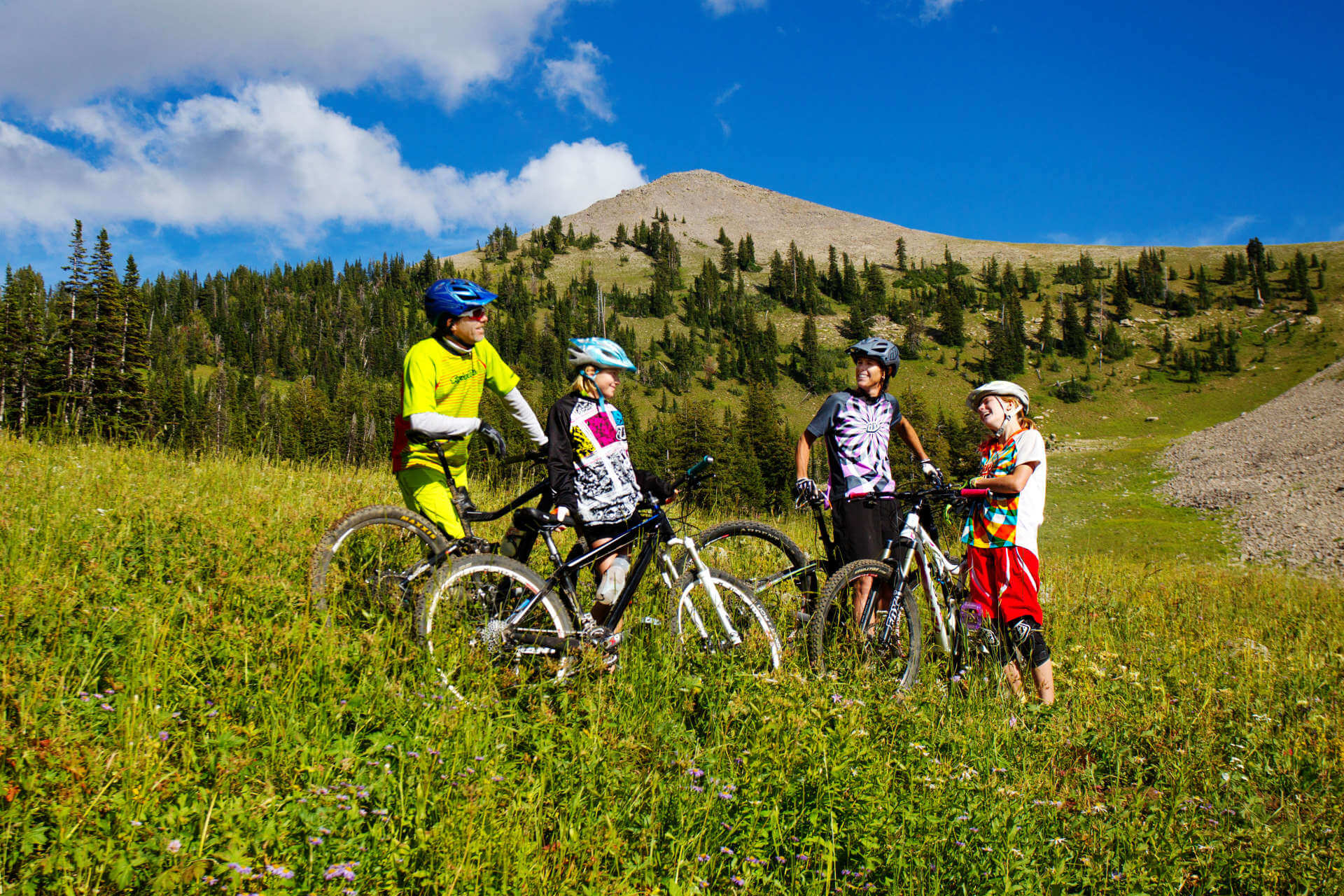How to Deal With Cycling in Hot Weather
The summer season is upon us, which means: more time to ride bikes! But cycling in hot weather comes with a whole set of challenges including dehydration that can lead to bonking, decreased performance, and sometimes, unfortunately, some serious heat-related dangers like illness or even death. Recently, two cyclists died in France when temperatures hit about 114 degrees Fahrenheit, so while this is a rare occurrence, the risks are real.
That said, a little bit of sunshine or humidity shouldn’t keep you off your bike. Here are six tips to help keep you cool when the mercury climbs.

1. Get Acclimated
“The biggest hot-weather mistake cyclists make is riding in the heat without preparation,” says Stacy Sims, Ph.D., founder of Osmo Nutrition. If you don’t acclimate to hot-weather riding, you won’t reap as many benefits from your workout, and you’ll increase both perceived effort and potential for injury. Instead, ride early or late in the day when temperatures are the coolest, and use your down time to get used to the heat. Bikram hot yoga classes or a few sessions in the sauna are a good place to start. If you must ride during high heat (usually between noon and two o’clock), be sure to take breaks in the shade and hydrate well.
2. Protect Yourself
A sunburn does more than fry your skin, Sims says. It contributes to fatigue and increases your metabolism. The latter might sound like a good thing, but it also increases fluid needs, which can be a problem on a hot day when you’re already struggling to stay hydrated. Do everything you can to prevent sunburn: Always wear sunscreen; choose jerseys, shorts, and arm skins with built-in sun protection; and wear a cap under your helmet to shield your head. Don’t forget the back on your neck which is exposed to the sun in the riding position.

3. Plan Ahead
To prevent your drink from quickly adopting the temperature of warm tea, freeze one bottle at half full and another at the three-quarter mark before topping them off. (Mountain bikers: Put ice cubes into your hydration pack or fill the pack to half full and freeze.) For longer rides, figure out in advance where you can restock with cold beverages. Consuming cold fluids will help keep your core temperature down and your performance up.
4. Cool Down
While it may be tempting to toss ice cubes down your jersey, Sims advises against it. “Ice against the skin causes blood vessels to constrict, which shoots hot blood back to your core,” she says. If your core temperature climbs too high, performance and health can suffer. Instead, pour cool water over your neck and forearms, or wipe them down with a cool, damp towel. Another great option: Try stashing a cooling towel like Mission Hydroactive On-the-Go Cooling Towel in your jersey pocket. It features a special technology that can cool you down to about 30 degrees below your average body temperature. Just wet, wring and snap it to activate the cooling power.
5. Ease Up
Don’t try to maintain the same pace or power you’d put out on a milder day, says cycling coach Derick Williamson, cofounder of Durata Training in Austin, Texas. “Once the sum of the temperature in Fahrenheit plus the relative humidity gets above 130, we dial power ranges back by about 10 to 15 watts,” he says. “If you’ve been doing 15-minute intervals at 220 to 240 watts, that becomes 205 to 225, or we may reduce the efforts to 10 or 12 minutes.” If you’re racing in steamy conditions, cut your warm-up time in half or more. And if you don’t track your watts, just dial back your RPE (rate of perceived exertion) a few notches—instead of riding at a 9, fall back to a level 6 effort.

6. Hydrate Right
In the days leading up to a big ride, increase your consumption of watery fruits and vegetables (such as watermelon and grapes), Sims says. Sodium helps your body hold on to the fluid you’re drinking, so sip an electrolyte beverage during your ride. Aim to drink at a rate of 10 to 12 milliliters per kilogram of body weight, about a 20-ounce bottle every hour for a 150-pound rider. Postride, Sims suggests having a protein-based recovery drink to rehydrate you faster than a carbohydrate-only one. Protein pulls water with it when it travels to muscles. If you opt for plain water after a ride, pair it with a snack or meal that contains protein, carbohydrates, and sodium to replenish.


